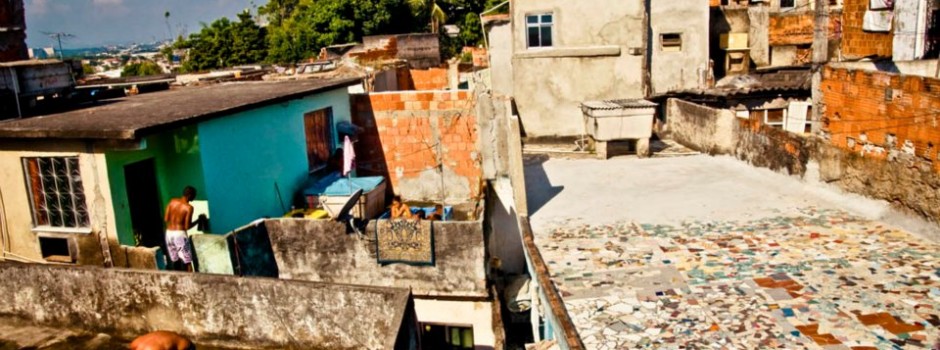URBANISM Favelas are places increasingly recognized by planners and architects for their: Low-rise, high density development Pedestrian orientation High use of bicycles & public transportation Mixed use (homes above shops) Residence close to workplace Organic architecture (architecture evolves according to need) New urbanism Collective action Intricate solidarity networks Vibrant cultural production GLOBAL CONTEXT 85% of housing worldwide is built illegally. In highly urbanized Latin America, one third of all city dwellers live in informal conditions. NUMBERS In the city of Rio, close to 1.5 million people – around 23-24% of the population – live in favelas. That’s comparable to the percentage living in affordable housing (public, rent controlled, cooperatives, community land trusts and other models) in major cities worldwide. Rio’s favelas are our affordable housing market. Rio has more favela residents than any other Brazilian city and, all together, Rio’s favelas would comprise the ninth largest city in the country. DIVERSITY There are over 1000 favelas in Rio. They range from newer or more challenged communities with slum-like conditions and a desire to resettle, to functional, vibrant neighborhoods determined to maintain their qualities and continue developing in their own extraordinary ways. HISTORY Rio’s oldest favela, Providência, was founded in 1897 within … Continue reading Rio Favela Facts
